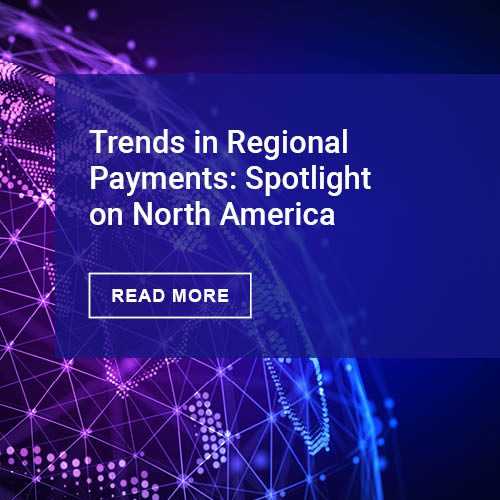Results are being hailed as evidence that post enactment of the CARD Act, pricing has stabilized. “Pew’s research shows that predictions that the legislation would spark new charges and long-term interest rate growth have not materialized,” said Nick Bourke, director of Pew’s Safe Credit Cards Project. “Whatever increases in advertised interest rates we saw going into 2010 have not continued into 2011.”
Major findings include:
• Interest rates have stabilized. Median advertised interest rates for purchases on bank-issued credit cards held steady at 12.99 to 20.99 percent. Likewise, bank cash advance and penalty interest rates remained unchanged from 2010 to 2011. During that same period, median credit union purchase rates slightly increased and cash advance rates declined.
• Penalties cost less. Since the enactment of the legislation, overlimit penalty fees have all but vanished. Only 11 percent of bank credit cards now include them, while the largest credit unions have eliminated them entirely. Pew’s research finds that late fees continue to be widespread. However, the cost of fees has gone down now that the law limits first-time late fees to $25 in most cases.
• Annual fees have changed little. Last year, roughly 14 percent of both bank and credit union cards carried annual fees; in 2011, that number held steady for credit union-issued cards and rose to 21 percent for bank-issued cards. The amount charged for annual fees held stable at a median of $59 for banks and $25 for credit unions. Forty percent of cards with annual fees included no-fee promotions for the first year.
Mercator notes that according to Federal Reserve data, the major increase in card rates occurred in 2009 as issuers began repricing accounts in the wake of the CARD Act’s enactment into law. Most accounts now have variable rates tied to market indices, most of which remain at low points under current Fed monetary policy and are, of course, subject to change. It is also interesting to note the modest increase in the incidence of annual fees for cards at banks, a pricing tool which may still show some upward trend in the long run.
Click here to read more: http://www.prnewswire.com/news-releases/two-years-after-credit-card-act-pew-finds-interest-rates-and-other-fees-stabilized-121544964.html












